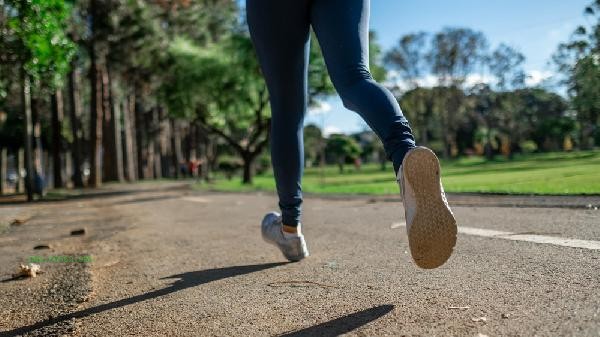Pain on the right side of the lower abdomen during running may be related to sports related muscle strains, gastrointestinal disorders, appendicitis, urinary system problems, or female gynecological diseases. It is recommended to stop exercising and observe. If the pain persists, seek medical attention for diagnosis.

1. Sports strain
Severe running may cause slight tearing of the rectus abdominis or external oblique muscle, and overuse of the right iliopsoas muscle can also cause involvement pain. This type of pain usually gradually subsides after exercise, and local hot compress and rest can improve symptoms, avoiding immediate stretching to prevent aggravating the injury.
2. Gastrointestinal spasm
Running immediately after a meal can stimulate the ascending colon and ileocecal area, causing abnormal intestinal peristalsis. Gas accumulation or mesenteric lymph node reactions may cause paroxysmal colic accompanied by abdominal distension. It is recommended to finish eating 2 hours before exercise and pay attention to adjusting breathing rhythm while running.
3. Early appendicitis
The appendix is located in the lower right abdomen, and the initial inflammation may radiate to the navel or upper right abdomen. The typical manifestation is metastatic lower right abdominal pain accompanied by low-grade fever, and rebound pain when pressing the MacLehose point. Be alert to the continuous worsening of vomiting symptoms, and blood routine examination can assist in diagnosis.

4. Urinary tract stones
When the right ureteral stone moves, it will cause severe colic and often radiate to the perineum. Running vibrations may cause small stone displacement, accompanied by symptoms of hematuria or urinary frequency. B-ultrasound examination can clearly identify the location of stones, and it is necessary to increase water intake to promote stone removal.
5. Gynecological diseases
Female right ovarian cyst torsion or pelvic inflammatory disease may manifest as lower abdominal pain after exercise. Luteal rupture often occurs in the middle of the menstrual cycle, with sudden and severe pain. It is recommended to record the relationship between pain and menstruation, and gynecological ultrasound can provide differential diagnosis.

If you experience abdominal pain on the right side while running, you should stop exercising first and adopt abdominal breathing to relax your muscles. Pay attention to fully activating the core muscle group before daily exercise, and avoid vigorous exercise on an empty stomach or when full. It is recommended to choose a plastic track to reduce vibration and impact, and replenish electrolytes after running. If pain recurs or accompanied by fever and vomiting, timely abdominal ultrasound, urine routine and other examinations should be performed to rule out organic diseases. Women should pay attention to the correlation between menstrual cycle and pain, and undergo gynecological examinations if necessary.






Comments (0)
Leave a Comment
No comments yet
Be the first to share your thoughts!